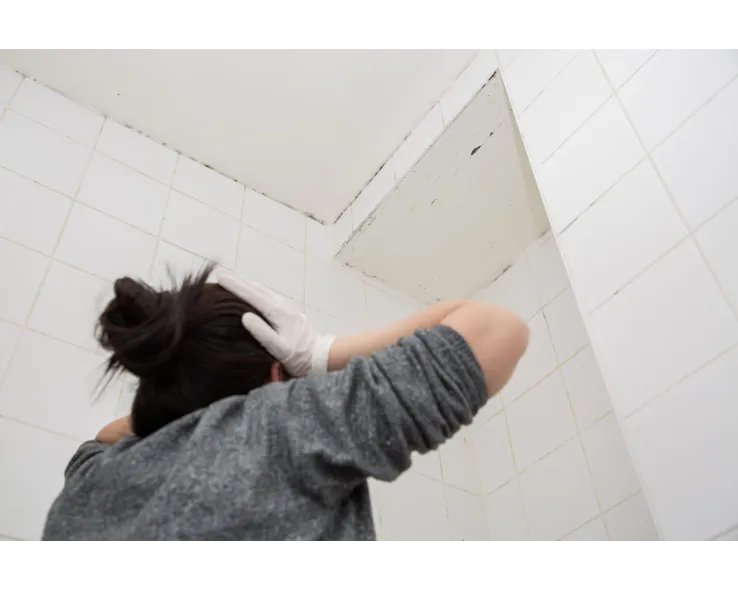On 27 October 2025, Awaab’s Law comes into force. It gives tenants new legal rights and sets strict deadlines for social landlords to investigate and fix serious hazards such as mould and damp.
The law is named after Awaab Ishak, a two-year-old boy who died in Rochdale in 2020 after prolonged exposure to black mould in his home. His death exposed a failure in the housing system to deal with preventable hazards quickly enough. Awaab’s Law is designed to ensure this never happens again.
For landlords, this means a shift from slow, reactive repairs to time-bound compliance backed by law. Failure to act will carry financial penalties, legal consequences, and reputational damage.
What Awaab’s Law Requires
From October 2025, social landlords must:
Investigate mould and damp within 14 days of a complaint being raised.
Provide tenants with a written report within 48 hours of the inspection, outlining findings and next steps.
Begin repairs within 7 days if hazards are identified.
Complete works within a maximum of 12 weeks, or sooner if there is an ongoing health risk.
Respond to emergency hazards within 24 hours. For example, where damp or mould is causing asthma attacks or serious illness, temporary measures or rehousing must be provided immediately.
By 2026, these rules will extend to private landlords, covering the UK’s 34 million homes.
This means every housing provider in the country will need documented, preventative systems in place, not just responsive repairs.
Why mould and damp can’t wait
Mould grows in conditions where moisture, cold, and poor ventilation combine. It releases spores that damage both property and health. The NHS links mould exposure to:
Worsening asthma and COPD
Allergic rhinitis
Respiratory infections in children
Increased risk of hospital admissions for vulnerable tenants
Poor air quality compounds the problem. Stale air leads to:
CO₂ build-up, which reduces concentration and cognitive performance
Volatile organic compounds (VOCs) from cleaning products and furnishings, which irritate the lungs
Condensation, which accelerates damp and structural decay
Landlords are no longer judged on intention. They must prove their homes are not just habitable, but actively safe.
Why Biovitae® is a practical compliance tool
Some landlords have looked at industrial air sanitisation machines like those supplied by Arcairtech, used in hotels and corporate spaces. While effective, these systems cost thousands per unit, require installation, and are not scalable across hundreds or thousands of homes.
Biovitae® LED bulbs offer an evidence-backed, affordable alternative:
Proven mould control — Independent lab testing shows Biovitae LEDs reduce black mould (Stachybotrys chartarum) viability to zero within 120–180 minutes.
Air sterilisation — In controlled studies, Biovitae bulbs reduced airborne bacteria by 54% in 4 hours.
Virus protection — Peer-reviewed trials show up to 99.8% reduction of SARS-CoV-2 with Biovitae visible-spectrum irradiation.
Continuous action — Works whenever the light is on, protecting tenants between inspections.
No specialist installation — Fits standard E27 light fittings, meaning large housing stocks can be upgraded quickly.
In the context of Awaab’s Law, this matters. A landlord can point to Biovitae installations as preventative action already in place, reducing the risk of mould and damp-related health hazards.
What landlords should do now
The first compliance deadline is weeks away. Housing providers need to:
Audit all properties — Identify where damp and mould are most likely (bathrooms, kitchens, poorly ventilated rooms).
Install preventative measures — Fit Biovitae bulbs in high-risk areas to cut spore viability and improve hygiene continuously.
Improve ventilation — Ensure adequate airflow with mechanical ventilation and humidity controls.
Monitor indoor air quality — Use CO₂ and humidity monitors to track compliance and generate evidence for regulators.
Keep records — Under Awaab’s Law, written proof of inspections, repairs, and preventative measures will be essential.
Preparing for the future phases
2025: Heating and cold homes — Expect new requirements to ensure homes are warm, dry, and ventilated. Ventilation units, efficient heating, and Biovitae bulbs will form part of proactive solutions.
2026: Private landlords — Compliance will extend across the private rented sector, multiplying demand for scalable, low-cost options.
Conclusion
Awaab’s Law is unambiguous: landlords must fix mould and damp quickly, and take steps to stop it returning.
Biovitae® LED bulbs provide a cost-effective, science-backed solution that landlords can deploy immediately. Combined with ventilation and air monitoring, they help create healthier homes, reduce compliance risk, and demonstrate that preventative action has been taken.
In a regulatory environment where every missed deadline could mean fines, lawsuits, or worse outcomes for tenants, taking these steps now isn’t optional. It’s urgent.

